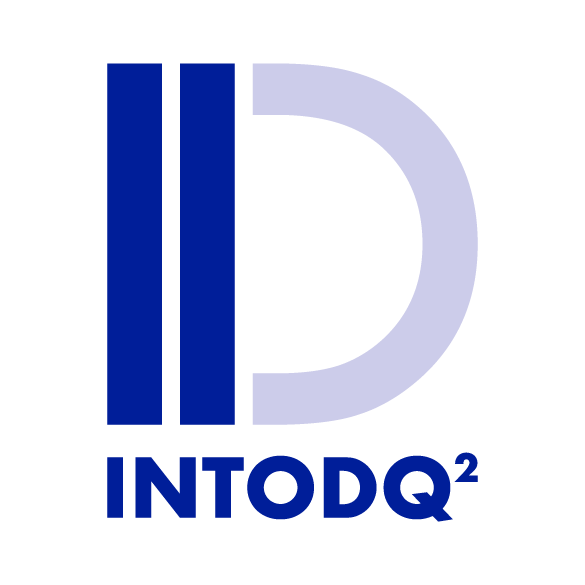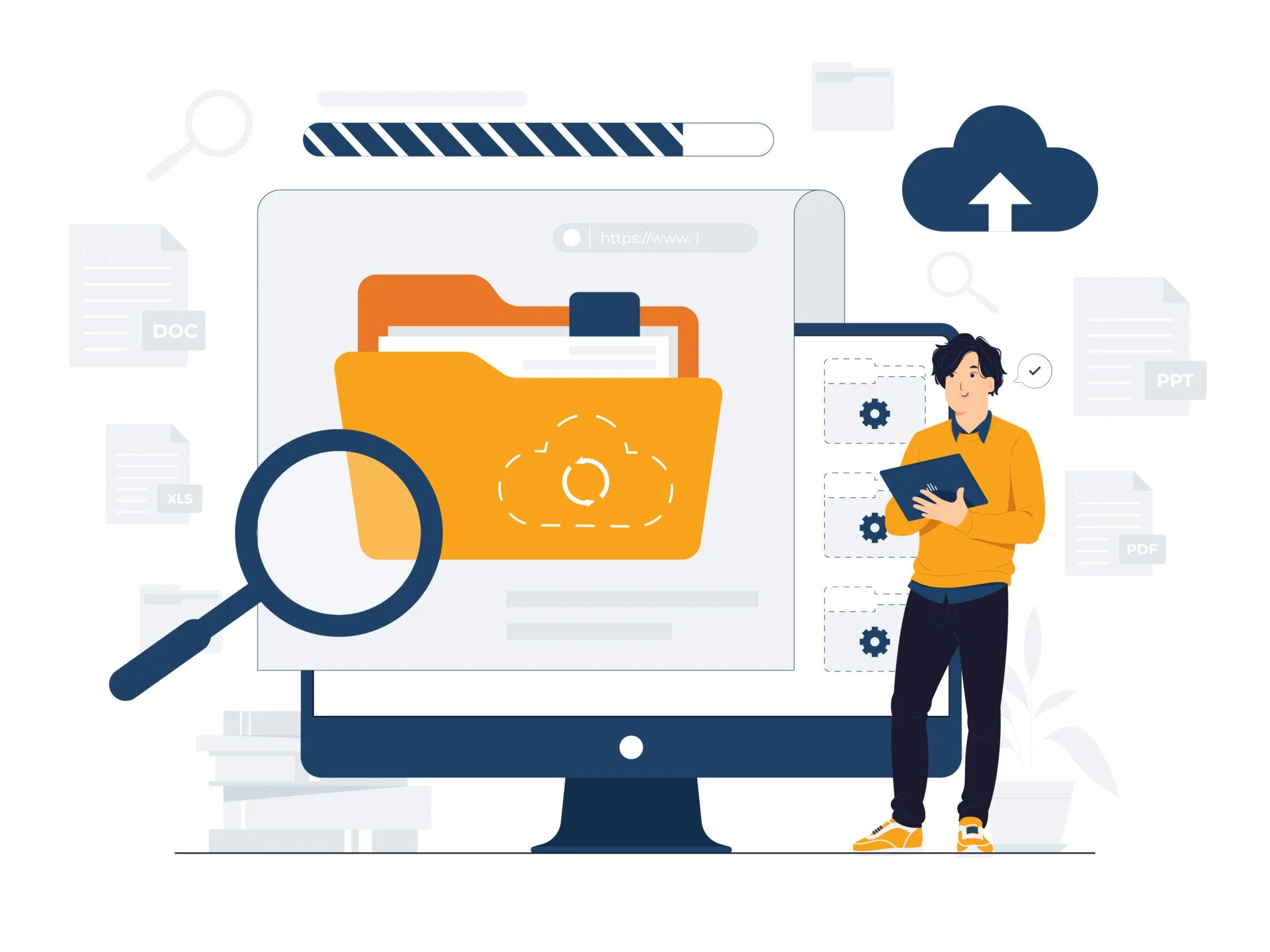Blogpost
October 24, 2025 - by Erik Schaap - 8 minute read
From metadata confusion to data-driven trust
Why metadata is not a detail but a prerequisite
Many organizations struggle with the following: you want to work data-driven, but… your decisions often seem to be based on gut feeling or partial data. The crux of the matter? You don't always understand where the data comes from, how current it is, who's working with it, or which rules apply. In short: the context is missing. And that context is provided by metadata—data about data.
At IntoDQ2, we see that metadata is often viewed as something technical, something "behind the scenes," while it's actually the foundation for reliable insights, transparency, and reuse. In this blog post, I'll explain exactly what metadata is, why it matters, and how to organize it effectively—with practical advice and how our solutions Data360 and the Huwise Data Portal can support you.
What is metadata — and why does it matter?
Metadata isn't a luxury, but essential for an organization that takes data seriously. Consider this example: you have a "residents" dataset, with columns, numbers, and definitions. But without the "metadata" component, you don't know, for example:
When was the dataset updated?
What source does it come from?
What exactly does "resident" mean (resident, registered, adult, etc.)?
Who is allowed to view or use the data?
What laws or regulations apply?
Without these answers, data remains uncertain. Metadata creates a context that inspires trust—and that is the foundation for sound decisions.
The three types of metadata — technology, meaning and accessibility
Many organizations struggle with metadata because the concept remains too vague. We simplify it by distinguishing three types:
Technical metadata This concerns the IT side: database schemas, tables, column names, data types, data lineage (where does which data come from, where does it go), etc. This metadata is crucial for integration, quality, and management. Target audience: data engineers, IT architects.
Business metadata This concerns meaning and interpretation by the business: what do we mean by "customer," "activity," "unemployed"? Which KPIs are attached to it, which rules? Such metadata ensures that everyone speaks the same language. Target audience: analysts, business teams, data stewards.
Metadata in data portals When data is shared externally or internally—for example, via a data portal—a third dimension comes into play: findability, reusability, licenses for reuse, publication date, user-friendliness, etc. Target audience: external users (in addition to internal users!), citizens, researchers, journalists.
Where do you start? Three strategic tips
If you're ready to take the step today to approach metadata differently, here are three concrete pieces of advice.
Advice 1: Start with the business value
Metadata isn't an IT project, but a business-supporting topic. Ask: "Which decisions do we want to improve?" and "Which data is relevant for that?" When you link metadata to business goals, connections are created. This aligns with our 'Data Excellence' approach.
Advice 2: Develop roles, processes, and collaboration
Technical people, business people, and publication/communications people need to collaborate. Who owns which data? Who keeps metadata up-to-date? What workflows exist? Without clear agreements, metadata management quickly becomes a hassle. In practice, we see that data-driven work is more successful when collaboration is well-organized.
Advice 3: Use tools that intelligently support metadata
Manually maintaining metadata isn't scalable. Therefore, a platform that can automatically harvest metadata, make lineage visible, and offer a portal for users is crucial. This is where our solutions play a central role:
Data360: A powerful platform that supports business glossaries, data dictionaries, lineage visualization, workflows, and metadata catalogs.
Huwise Data Portal: A data sharing portal solution that makes data accessible and reusable—internally and externally—self-service, with APIs and a marketplace-style experience.
By using this tooling, you can extract value from metadata faster: with better decision-making, more confidence in data, and an organization that is truly data-driven.
Why take action now?
Increasing legislation, in addition to the GDPR and the Open Government Act (WOO), such as NIS2 and CSRD, places ever-higher demands on data management and transparency.
Organizations with well-organized metadata see faster returns and fewer risks: less time spent searching, fewer data errors, and improved reusability.
React more quickly to changes. Properly managing your data assets allows you to respond more quickly to changing circumstances, develop new business models, and make your organization more agile.
Next steps for your organization
Create a baseline: Which data and datasets are critical? What do we already know about their origin, quality, and use? Which metadata is available and which is missing?
Develop a roadmap: Start with a pilot (e.g., one dataset or one business unit), choose tools (such as Data360 + Huwise), define roles and processes.
Rollout & adoption: Provide training, communication, and assurance. Metadata management is not a "one-time job" but an ongoing process.
Measure & improve: Track how much earlier you have metadata available, how many datasets are shared via the portal, and how much reuse occurs. Make it visible and demonstrable for stakeholders.
Finally
Metadata isn't a nice-to-have: it's the bridge between technology, meaning, and accessibility. Organizations that build this bridge transform data into value—trusted, reusable, and strategic. At IntoDQ2, we're happy to help you get started with our proven approach and tools. Want to discover what this could mean for your organization? Let's talk.


